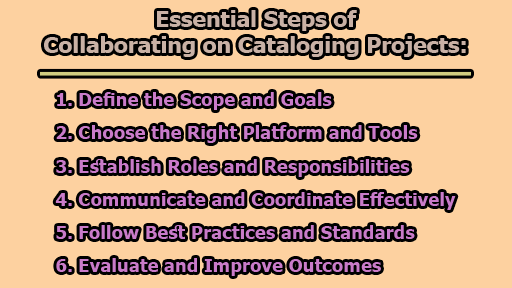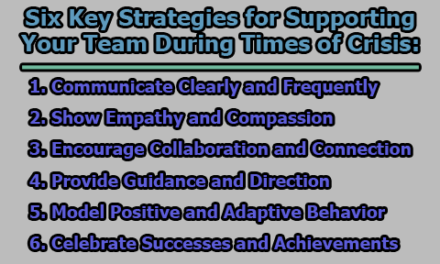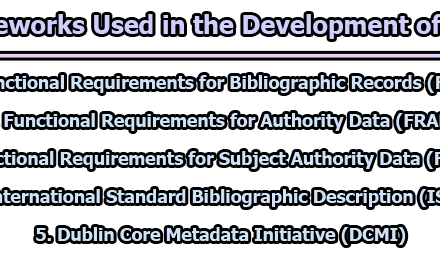Essential Steps of Collaborating on Cataloging Projects:
Cataloging projects play a crucial role in organizing and preserving valuable resources for future reference and use. Whether you are working on cataloging books, documents, artifacts, or digital content, effective collaboration is key to the success of such projects. This article will guide you through the essential steps of collaborating on cataloging projects, from defining the scope and goals to evaluating and improving project outcomes.
1. Define the Scope and Goals: The first step in any cataloging project is to clearly define its scope and goals. To do this, consider the objectives, deliverables, and deadlines of the project. Who are the intended users and beneficiaries of the cataloged resources? Establishing the scope and goals will provide a roadmap for your project and help you communicate your vision to collaborators.
2. Choose the Right Platform and Tools: Selecting the appropriate platform and tools is essential to efficiently carry out cataloging tasks. The choice of tools should depend on the project’s size, complexity, and nature. Options range from shared online catalogs and spreadsheets to databases, wikis, and cloud-based services. Additionally, you may require tools for scanning, digitizing, metadata extraction, quality control, and reporting. Consider factors like functionality, compatibility, accessibility, and security when making these choices.
3. Establish Roles and Responsibilities: A well-organized cataloging project requires a clear delineation of roles and responsibilities. Determine who will lead the project, coordinate tasks, and manage the project. Identify catalogers, reviewers, and editors, as well as stakeholders, sponsors, and clients. Clearly define how tasks, workflows, and feedback mechanisms will be assigned and monitored. Document these roles and responsibilities in a project plan, contract, or memorandum of understanding.
4. Communicate and Coordinate Effectively: Effective communication and coordination are the cornerstones of successful collaboration. Regular and clear communication is vital throughout the project. Choose suitable channels such as email, phone, chat, video conferences, or face-to-face meetings. Employ tools and strategies like calendars, agendas, minutes, action items, checklists, and dashboards to facilitate communication and coordination.
5. Follow Best Practices and Standards: Ensuring the quality and consistency of cataloging data is a significant challenge in cataloging projects. Adhering to best practices and standards in your field and domain is crucial. Use authoritative sources, vocabularies, and schemas for your cataloging data. Apply rules, guidelines, and conventions for your cataloging format, structure, and content. Verify cataloging data for accuracy, completeness, and validity.
6. Evaluate and Improve Outcomes: The final step in any cataloging project is to evaluate and improve its outcomes. Measure and assess the results and impacts of your cataloging work. Use indicators, metrics, and feedback to evaluate the quality, usability, and value of the cataloged resources. Identify and address any issues, challenges, and gaps in your cataloging project. Document and share your findings, lessons, and recommendations to inform future improvements.
In conclusion, collaborating on cataloging projects is a multifaceted process that requires careful planning and execution. By defining the project’s scope and goals, selecting the right tools, establishing roles and responsibilities, communicating effectively, following best practices, and evaluating outcomes, you can ensure the success of your cataloging project. Effective collaboration is essential for preserving and sharing knowledge and resources for generations to come.

Assistant Teacher at Zinzira Pir Mohammad Pilot School and College










